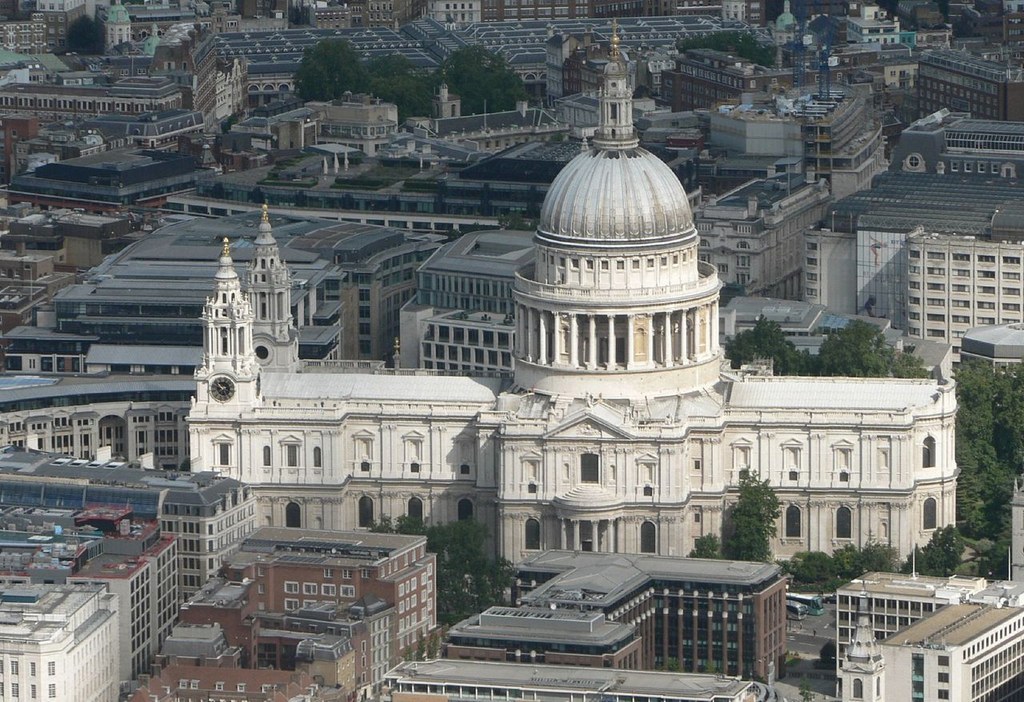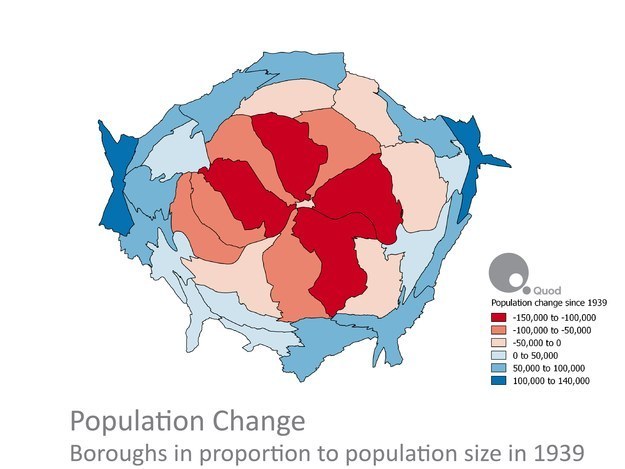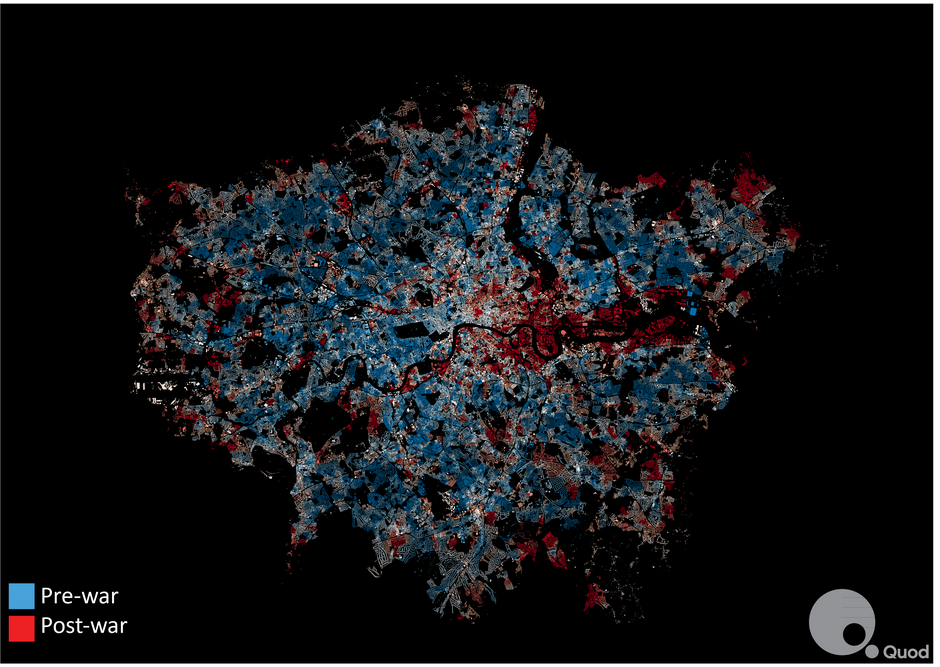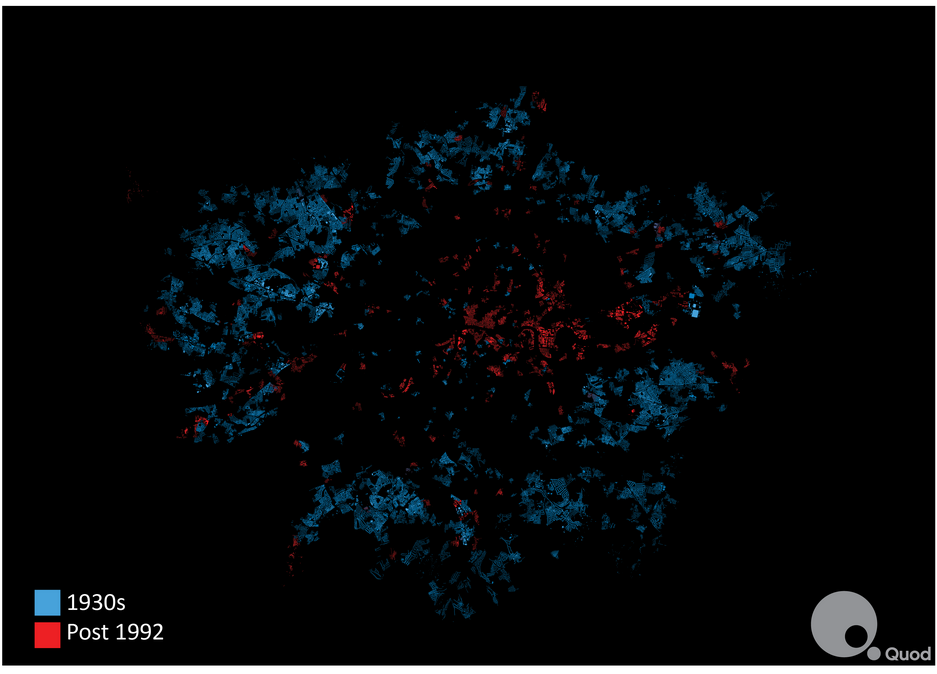In the coming weeks – and maybe as soon as this week – a baby will be born in London that takes the capital's population to its highest ever level.
The previous record, set in 1939, of 8.615 million may already have been passed but in any case will have been met by the end of February, according to data from the GLA.
London's population had dropped to as low as 6.6 million in the 1970s and 1980s. Incredibly, Britain's capital lost a quarter of its population over 50 years.
Barney Stringer, director of the Quod planning consultancy, wrote on his blog this week that London lost "the equivalent of Birmingham, Edinburgh, Cardiff, and Belfast" as people made their way out of the city and to surrounding counties.
But now, he said:
London is back to its peak, and while it has changed in so many ways, it faces some of the same challenges. Just like 75 years ago we have extraordinarily fast population growth with commuting patterns and housing pressure spilling way beyond the city's boundaries.
Last time we responded by choking off that growth and imposing 50 years of decline. What do we choose this time? Can we invest and support growth?
London has changed significantly since 1939. Back then just 2.65% of Londoners were born abroad – now the figure is 37%.

We now have more pensioners but fewer teenagers.

Even though housing was more affordable in 1939, most people rented rather than bought their own property.

In 1939, St Paul's was the tallest building in London, as it had been for 200 years. Now it's the 41st.

This graph, also from Stringer, shows how the city's population has shifted away from the centre (the inflated red boroughs have lost the most people).

The shape of London hasn't really changed much since the war. Pre-war areas or development are in blue, post-war is in red.

We haven't built that many new houses. In blue here are the bits of London that were new in 1939, and in red are the bits that are new now.

London mayor Boris Johnson said this week on London's ongoing population rise:
It's something that politicians can't control, we can't determine how many babies are going to be born in London. It's a great tribute in a way to the city that people have such confidence in it that they are having families and they are choosing to remain in London.
What people like me have got to do is try and prepare, try and make sure we have the transport and the housing infrastructure to cope.
In the end I think obviously we're going to have a debate about the ultimate size of the population of the UK.
